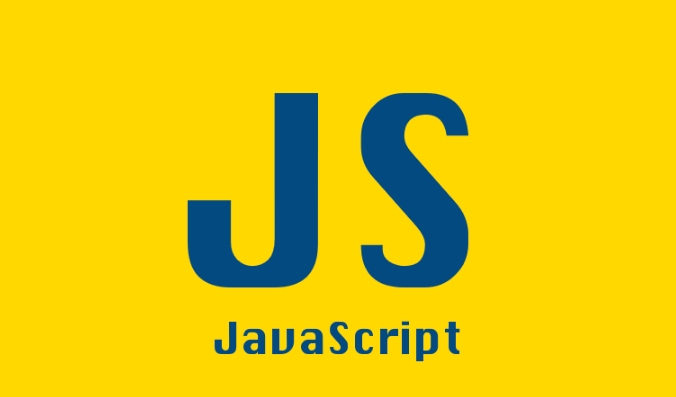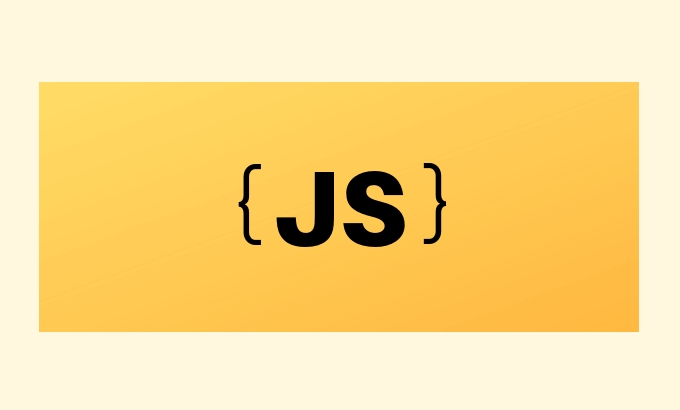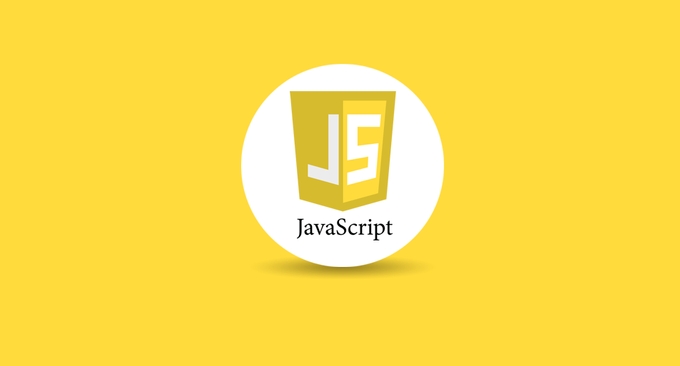The event loop coordinates JavaScript asynchronous tasks to ensure that the main thread runs efficiently. 1. Synchronous code is executed first, and it enters the call stack to complete in sequence; 2. Asynchronous operations are divided into two categories: macro tasks (such as setTimeout) enter the macro queue, and micro tasks (such as Promise.then) enter the micro queue; 3. The event loop first clears the current macro task, then clears the micro task, and finally takes a macro task; 4. The micro task has higher priority, ensuring the consistency of asynchronous operations; 5. The event loop in Node.js is divided into multiple stages, such as timesers, poll, check, etc., and each stage handles specific callbacks, and the micro task queue is cleared when the stage switches.

JavaScript's Event Loop is the key to understanding JavaScript asynchronous programming. Many people may encounter seemingly strange behavior when using setTimeout, Promise, or async/await, such as why some code is not executed sequentially. Behind this is the event loop at work.

Simply put, the event loop is responsible for coordinating code execution, handling I/O operations, and managing asynchronous tasks. It allows JavaScript to run asynchronous operations efficiently on a single thread.

1. Call stack and synchronization tasks are preferred
JavaScript is a single-threaded language, meaning it can only do one thing at a time. The execution mechanism on this "main thread" depends on a structure called a call stack.
When you run a piece of code, the functions are pushed into the call stack in turn to execute. If it is synchronous code, it will be executed until the stack is empty. For example:

function a() {
console.log('a');
}
function b() {
console.log('b');
}
a();
b(); This code will output a first and then b , and the order is very clear. But if there are asynchronous operations inside, things get complicated.
2. Macrotask and microtask
When asynchronous operations occur, such as setTimeout or Promise.then, they will not be executed immediately, but will be placed in different task queues to wait for execution.
- Macro tasks : including overall code block, setTimeout, setInterval, I/O operations, etc.
- Microtasks : including Promise.then/catch/finally, MutationObserver, queueMicrotask, etc.
The workflow of the event loop is roughly as follows:
- Execute the current macro task (such as global scripts)
- Clear all executable micro-tasks
- Take out the next macro task and execute it
For example:
console.log('start');
setTimeout(() => {
console.log('timeout');
}, 0);
Promise.resolve().then(() => {
console.log('promise');
});
console.log('end');The output result is:
start end promise timeout
Because promise.then is a micro-task, it is executed immediately after the end of this round of macro-task; while setTimeout is a macro-task, it must be executed until the next round of event loop.
3. Different stages of the event loop
The V8 engine itself does not handle event loops, which is partly provided by the host environment (such as the browser or Node.js). Taking Node.js as an example, the event loop is divided into multiple stages:
- timesers stage : execute callbacks of setTimeout and setInterval
- pending callbacks : Callbacks that perform certain system operations (such as network errors)
- idle, prepare : internal use, developers basically don't have to worry about it
- poll stage : Waiting for I/O events (such as reading files or network requests)
- check stage : execute the callback of setImmediate
- close callbacks : handles closed events (such as socket.close)
Each stage will execute the corresponding callback, and the microtask queue will be cleared when switching between stages.
4. Why are microtasks more prioritized?
The reason why microtasks are executed before macrotasks is because they are used to ensure atomicity and consistency of asynchronous operations.
For example, the chained call of Promise needs to be responded as soon as possible, otherwise the intermediate state may be lost. The existence of a microtask queue ensures that these critical operations will not be interrupted by other macro tasks.
This is also why even if you write two setTimeout(0) and there is a Promise.then in the middle, then will execute first.
Basically that's it. Event loops don't seem complicated, but details are easily overlooked in actual development, especially when using different asynchronous APIs in combination. Mastering it can help you better understand the order of code execution and avoid seemingly "strange" behavior.
The above is the detailed content of Explaining the JavaScript Event Loop and its phases. For more information, please follow other related articles on the PHP Chinese website!

Hot AI Tools

Undress AI Tool
Undress images for free

Undresser.AI Undress
AI-powered app for creating realistic nude photos

AI Clothes Remover
Online AI tool for removing clothes from photos.

Clothoff.io
AI clothes remover

Video Face Swap
Swap faces in any video effortlessly with our completely free AI face swap tool!

Hot Article

Hot Tools

Notepad++7.3.1
Easy-to-use and free code editor

SublimeText3 Chinese version
Chinese version, very easy to use

Zend Studio 13.0.1
Powerful PHP integrated development environment

Dreamweaver CS6
Visual web development tools

SublimeText3 Mac version
God-level code editing software (SublimeText3)

Hot Topics
 Java vs. JavaScript: Clearing Up the Confusion
Jun 20, 2025 am 12:27 AM
Java vs. JavaScript: Clearing Up the Confusion
Jun 20, 2025 am 12:27 AM
Java and JavaScript are different programming languages, each suitable for different application scenarios. Java is used for large enterprise and mobile application development, while JavaScript is mainly used for web page development.
 Javascript Comments: short explanation
Jun 19, 2025 am 12:40 AM
Javascript Comments: short explanation
Jun 19, 2025 am 12:40 AM
JavaScriptcommentsareessentialformaintaining,reading,andguidingcodeexecution.1)Single-linecommentsareusedforquickexplanations.2)Multi-linecommentsexplaincomplexlogicorprovidedetaileddocumentation.3)Inlinecommentsclarifyspecificpartsofcode.Bestpractic
 How to work with dates and times in js?
Jul 01, 2025 am 01:27 AM
How to work with dates and times in js?
Jul 01, 2025 am 01:27 AM
The following points should be noted when processing dates and time in JavaScript: 1. There are many ways to create Date objects. It is recommended to use ISO format strings to ensure compatibility; 2. Get and set time information can be obtained and set methods, and note that the month starts from 0; 3. Manually formatting dates requires strings, and third-party libraries can also be used; 4. It is recommended to use libraries that support time zones, such as Luxon. Mastering these key points can effectively avoid common mistakes.
 Why should you place tags at the bottom of the ?
Jul 02, 2025 am 01:22 AM
Why should you place tags at the bottom of the ?
Jul 02, 2025 am 01:22 AM
PlacingtagsatthebottomofablogpostorwebpageservespracticalpurposesforSEO,userexperience,anddesign.1.IthelpswithSEObyallowingsearchenginestoaccesskeyword-relevanttagswithoutclutteringthemaincontent.2.Itimprovesuserexperiencebykeepingthefocusonthearticl
 JavaScript vs. Java: A Comprehensive Comparison for Developers
Jun 20, 2025 am 12:21 AM
JavaScript vs. Java: A Comprehensive Comparison for Developers
Jun 20, 2025 am 12:21 AM
JavaScriptispreferredforwebdevelopment,whileJavaisbetterforlarge-scalebackendsystemsandAndroidapps.1)JavaScriptexcelsincreatinginteractivewebexperienceswithitsdynamicnatureandDOMmanipulation.2)Javaoffersstrongtypingandobject-orientedfeatures,idealfor
 JavaScript: Exploring Data Types for Efficient Coding
Jun 20, 2025 am 12:46 AM
JavaScript: Exploring Data Types for Efficient Coding
Jun 20, 2025 am 12:46 AM
JavaScripthassevenfundamentaldatatypes:number,string,boolean,undefined,null,object,andsymbol.1)Numbersuseadouble-precisionformat,usefulforwidevaluerangesbutbecautiouswithfloating-pointarithmetic.2)Stringsareimmutable,useefficientconcatenationmethodsf
 What is event bubbling and capturing in the DOM?
Jul 02, 2025 am 01:19 AM
What is event bubbling and capturing in the DOM?
Jul 02, 2025 am 01:19 AM
Event capture and bubble are two stages of event propagation in DOM. Capture is from the top layer to the target element, and bubble is from the target element to the top layer. 1. Event capture is implemented by setting the useCapture parameter of addEventListener to true; 2. Event bubble is the default behavior, useCapture is set to false or omitted; 3. Event propagation can be used to prevent event propagation; 4. Event bubbling supports event delegation to improve dynamic content processing efficiency; 5. Capture can be used to intercept events in advance, such as logging or error processing. Understanding these two phases helps to accurately control the timing and how JavaScript responds to user operations.
 What's the Difference Between Java and JavaScript?
Jun 17, 2025 am 09:17 AM
What's the Difference Between Java and JavaScript?
Jun 17, 2025 am 09:17 AM
Java and JavaScript are different programming languages. 1.Java is a statically typed and compiled language, suitable for enterprise applications and large systems. 2. JavaScript is a dynamic type and interpreted language, mainly used for web interaction and front-end development.






